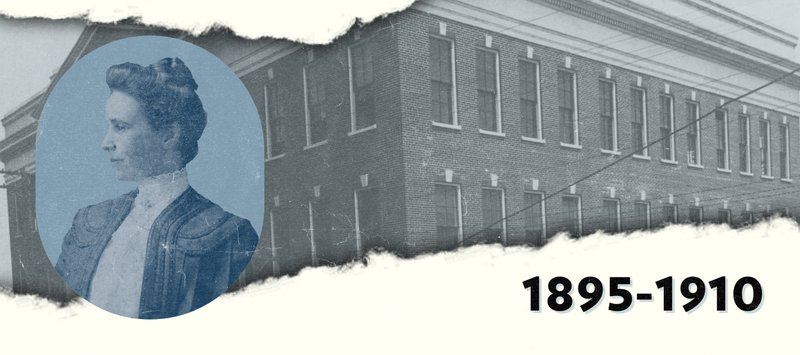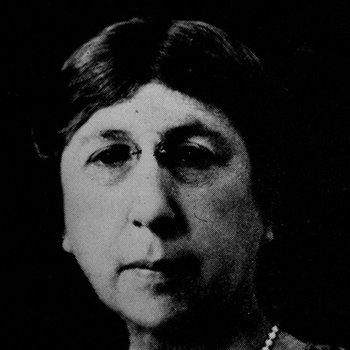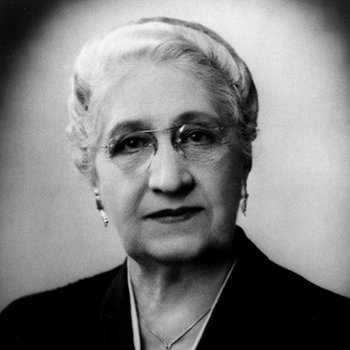<br/>

<br/>
Exclusion as "Undesirable" and the Return of Women
<br/>
<br/>
At some point around 1910, the Medical College removed the rights of women to attend medical school there. Some records indicate that this started as early as 1907, and other as late as 1912. Why this occurred is unclear, but given the timing, it likely had some connection to a publication entitled Medical Education in the United States and Canada: A Report to the Carnegie Foundation for the Advancement of Teaching by Alexander Flexner, published in 1910. The report called for comprehensive changes made to medical education institutions and the closure of others, creating an assessment of all the medical colleges in the country and identifying the requirements expected of an acceptable medical education program.
<br/>
By the early twentieth century there had been a number of individuals and groups considering changes in medical education in the United States. Advancements in medical research--identifying bacteria and viruses responsible for disease and addressing them in a systematic manner—led to a focus on research and scientific training of new medical graduates. The advancement came from places other than the United States, in particular Germany, and many began to discuss the German model for medical education as an ideal. Organizations like the Rockefeller Foundation and the Carnegie Endowment concentrated their efforts—and their money—on reforming American medicine, as did several leading advocates in the country, many from the relatively new Johns Hopkins University Medical School. The Flexner Report drove this transformation in medical education in the United States.
<br/>
The report ranked institutions into three categories: those that compared favorably with Johns Hopkins, established on the basis on modern educational principles; those schools considered substandard but which could be salvaged by supplying financial assistance to correct the deficiencies; and the third group—the category the Medical College found itself in--rated of such poor quality that closure was indicated. The latter was the fate of one-third of American medical schools when the report was released, and a majority of those were rated as defective in large part due to low admission standards, poor laboratory facilities, and minimal exposure to clinical material.
<br/>
The White men administering the Medical College in Charleston interpreted the critique of admissions standards to mean women should not be allowed to apply, and that women applicants had become “undesirable.” The college survived the report by becoming a state-run educational institution for the first time, and by 1914 had moved into a new building on the corner of Calhoun and Barre streets—addressing the poor laboratory and classroom facilities critique. At about the same time, the Medical College assumed responsibility for the Nursing program started by the Roper Hospital in 1885.
<br/>
In 1916, an advisory group recommended women be allowed admissions again. Ironically, with the new application requirements sweeping the nation after the Flexner report, the number of White male South Carolina applicants able to enter with the necessary educational background had declined, and allowing women again would help with enrollment. By the time the board voted to allow women with equal privileges as men five years later in November 1921, thirteen women had attended and graduated from the college. This still meant White men and women, however, as it would not be until the late 1960s that Black applicants would be allowed to enter the college.
<br/>
As the institution expanded to allow women into the medical school and assumed responsibility for the School of Nursing, the institution hired its first women faculty and administrators.
<br/>
Watch our video for additional information:
<br/>
<br/>



